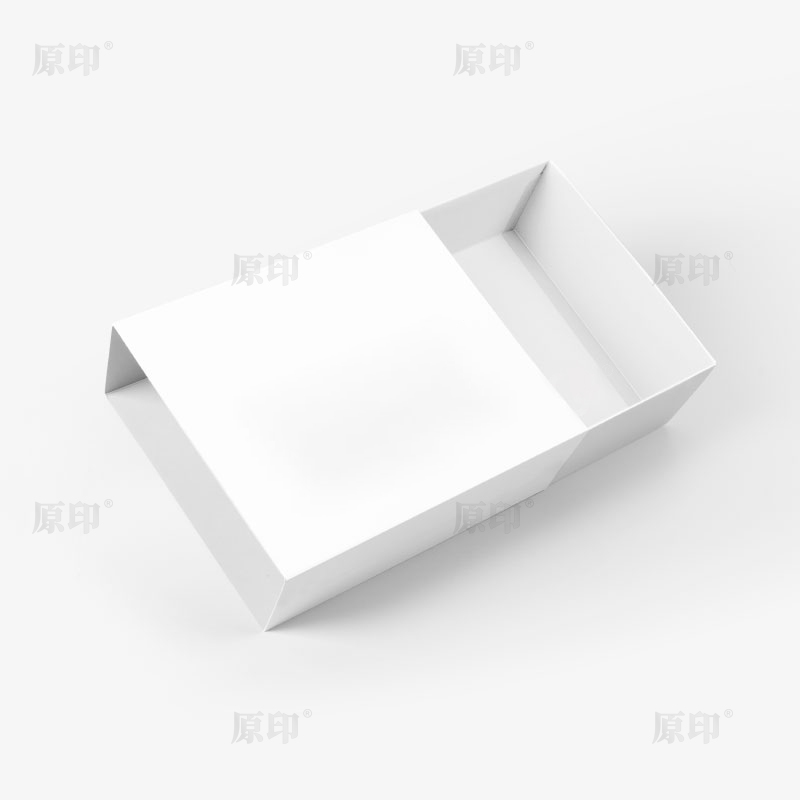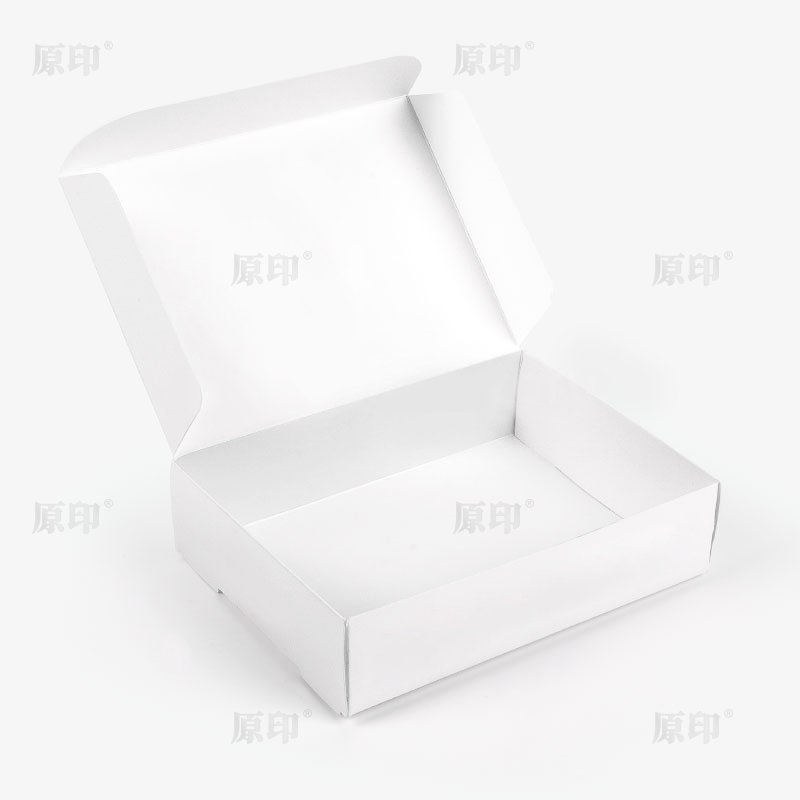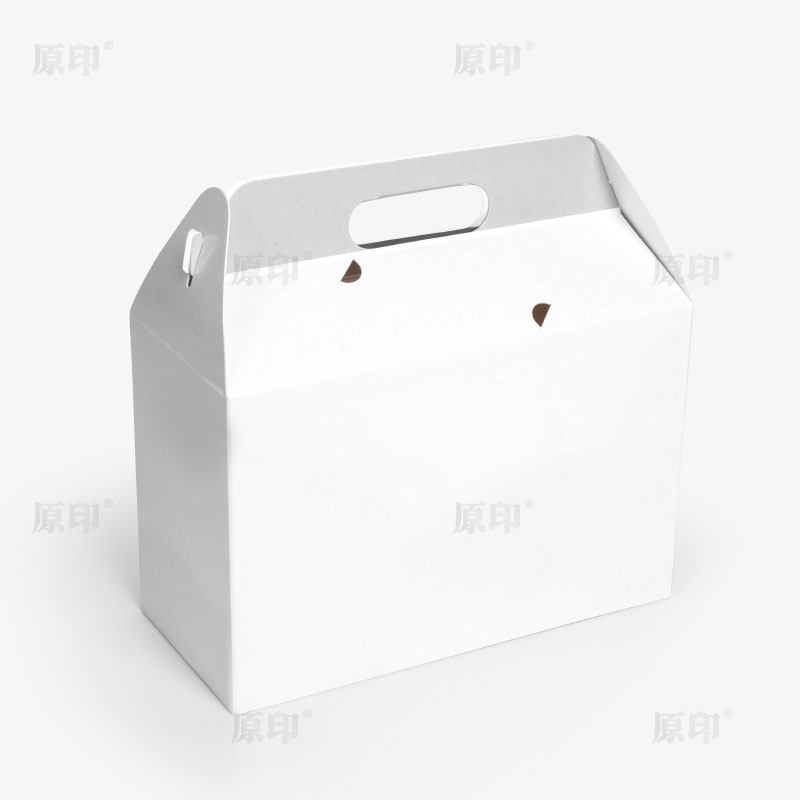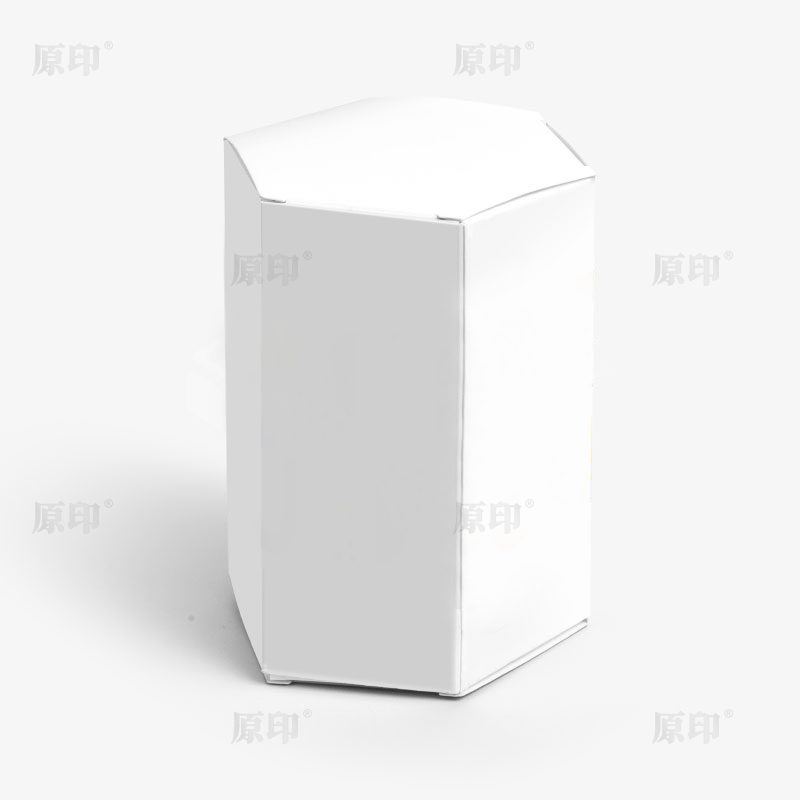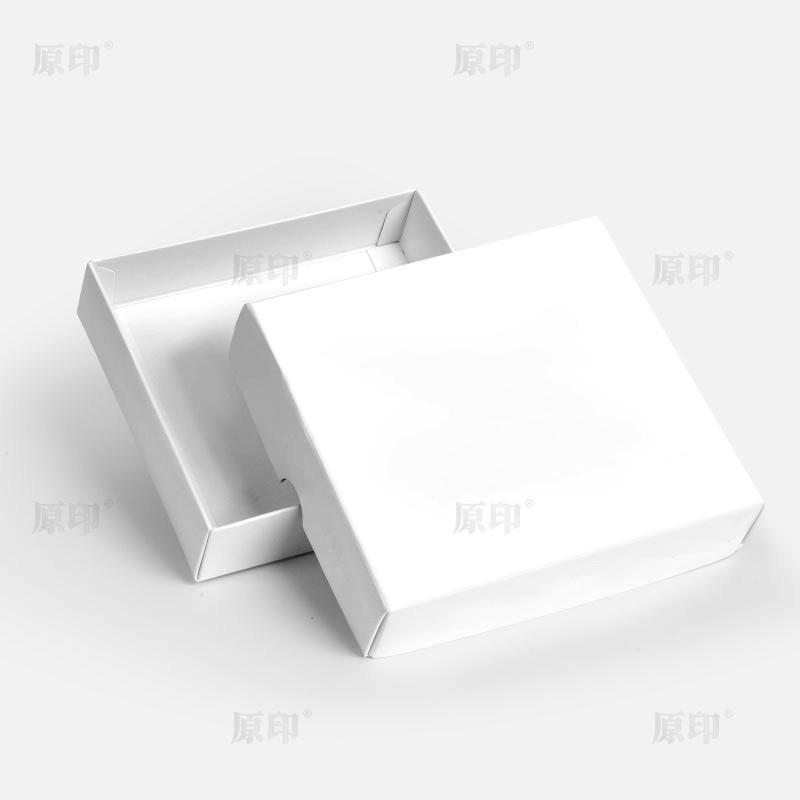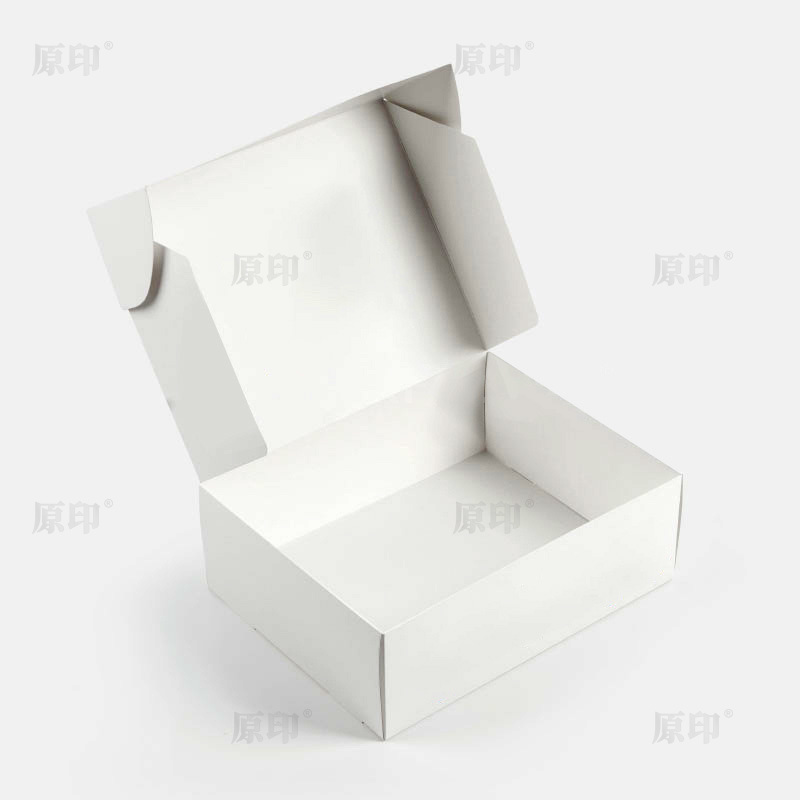Why Is Printed Anti-Scratch Lamination Packaging Becoming Essential for Modern Brands?
In today’s competitive marketplace, packaging is no longer just a container—it is a brand ambassador, a protection tool, and a customer experience enhancer. Among the many advancements in packaging technology, printed anti-scratch lamination packaging is gaining momentum. This innovative solution addresses a major issue in product presentation: how to maintain the visual appeal of printed designs during handling, shipping, and shelf display. But what exactly is printed anti-scratch lamination packaging, and why is it becoming a must-have across industries such as food, cosmetics, electronics, and luxury goods?
What Is Printed Anti-Scratch Lamination Packaging?
Printed anti-scratch lamination packaging is a protective packaging solution that combines high-quality printed graphics with a lamination layer specifically designed to resist scratching and scuffing.
In traditional laminated packaging, the protective film adds gloss or matte finishes but can still suffer from surface abrasions during transport or handling. Anti-scratch lamination takes this a step further by using advanced coatings or films that provide a durable, scratch-resistant shield over the printed surface.
The result is packaging that maintains its original vibrancy, clarity, and premium feel—even after extended handling, shipping, and storage.

How Does Anti-Scratch Lamination Work?
The process involves applying a specialized lamination film or coating over printed packaging materials such as paperboard, flexible films, or cartons. Unlike standard lamination, which focuses mainly on appearance and basic protection, anti-scratch lamination incorporates:
Advanced Coatings – Special polymers and surface treatments create a harder, smoother surface layer.
Improved Film Structures – Laminates with higher resistance to abrasion protect printed inks and finishes from wear.
Durable Adhesion – Enhanced bonding between the laminate and substrate prevents peeling or cracking under stress.
This ensures the packaging surface withstands friction from stacking, shipping, and shelf contact while still preserving tactile appeal and design aesthetics.
Why Do Brands Need Printed Anti-Scratch Lamination Packaging?
In a retail environment where consumers often make purchasing decisions within seconds, visual impact matters. Scratched, scuffed, or dull packaging can undermine a brand’s image, making even high-quality products appear cheap or poorly handled.
Printed anti-scratch lamination packaging provides clear advantages:
Protects Brand Identity: Logos, designs, and brand colors remain flawless.
Enhances Shelf Appeal: Products look pristine and premium, even after long distribution chains.
Improves Consumer Perception: Durable, scratch-free packaging reflects high product quality.
Reduces Returns and Complaints: Damaged-looking packaging often leads to consumer dissatisfaction, even if the product inside is unaffected.
By investing in this technology, brands safeguard not just their products but also their reputation and customer trust.
In Which Industries Is Anti-Scratch Lamination Most Important?
The demand for anti-scratch lamination spans multiple industries where visual presentation and durability are vital:
Cosmetics and Personal Care: Perfume boxes, makeup kits, and skincare packaging must maintain a flawless look.
Luxury Goods: Jewelry, watches, and premium accessories rely on high-end packaging for brand prestige.
Food and Beverage: Premium chocolates, wines, and specialty foods use scratch-resistant finishes to maintain appeal during shipping.
Electronics: Mobile accessories, headphones, and consumer gadgets require packaging that can handle handling without losing its appeal.
Pharmaceuticals and Healthcare: Cartons for medical products benefit from packaging that resists wear during distribution.
In each case, durability and visual consistency directly influence consumer perception and buying decisions.
How Does Printed Anti-Scratch Lamination Improve Sustainability?
One common misconception is that protective packaging always compromises sustainability. In reality, anti-scratch lamination can support eco-friendly goals:
Reduced Waste: By preventing visible damage, packaging doesn’t need to be replaced or discarded prematurely.
Longer Shelf Life: Durable lamination ensures products remain presentable for extended periods, reducing reprints and excess material use.
Advanced Films: Many anti-scratch laminates are now available in recyclable or biodegradable materials, aligning with green initiatives.
This means brands can combine premium protection with environmental responsibility, appealing to eco-conscious consumers.
What Design Possibilities Does Anti-Scratch Lamination Offer?
Beyond protection, anti-scratch lamination opens new opportunities for creative packaging design. Advanced laminates can integrate:
Matte or Soft-Touch Finishes: For a luxurious, tactile feel.
Gloss and Spot UV Effects: Highlighting brand names, patterns, or logos.
Metallic Accents: Providing scratch-resistant shine and elegance.
Textured Surfaces: Adding sensory appeal while maintaining durability.
This flexibility allows brands to stand out on crowded shelves, combining aesthetic innovation with functional reliability.
What Challenges Does Anti-Scratch Lamination Face?
While the technology is promising, it does have some challenges:
Higher Production Costs: Specialized laminates and coatings are more expensive than standard options.
Technical Expertise: Printers and converters need advanced knowledge to ensure proper adhesion and performance.
Recyclability Concerns: Although recyclable films are available, integrating them requires careful supply chain planning.
Market Awareness: Many brands are still unfamiliar with the technology, requiring education and demonstration of value.
Overcoming these challenges involves collaboration between packaging suppliers, designers, and brands to balance cost, sustainability, and performance.
What Is the Future of Printed Anti-Scratch Lamination Packaging?
As global packaging trends evolve, anti-scratch lamination is set to grow significantly. The future will likely focus on:
Eco-Friendly Laminates: Development of recyclable, compostable, and bio-based scratch-resistant films.
Smart Packaging Integration: Combining scratch resistance with QR codes, NFC, or augmented reality features.
Premiumization Trends: As consumers continue to value premium packaging, brands will adopt anti-scratch laminates for mid- and high-end product lines.
Wider Market Adoption: Once considered a niche for luxury packaging, anti-scratch lamination will expand into everyday consumer goods.
The demand for durability, sustainability, and premium appeal ensures that anti-scratch lamination will play a key role in packaging innovation.
Conclusion
So, why is printed anti-scratch lamination packaging becoming essential for modern brands? Because it offers the perfect balance of protection, aesthetics, and sustainability. By preventing scratches and scuffs, this packaging solution ensures products always look their best—whether on a retail shelf, in transit, or in a consumer’s hands.

